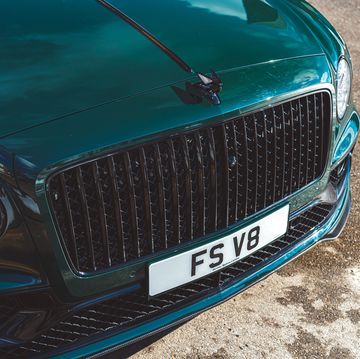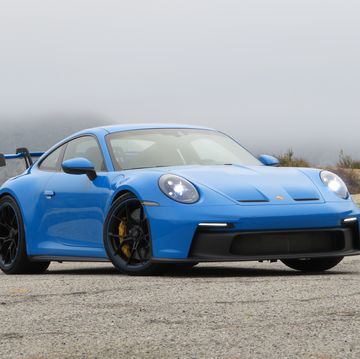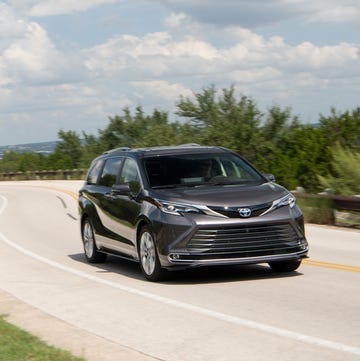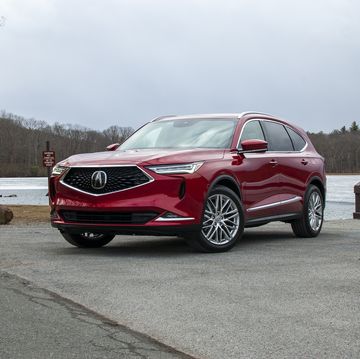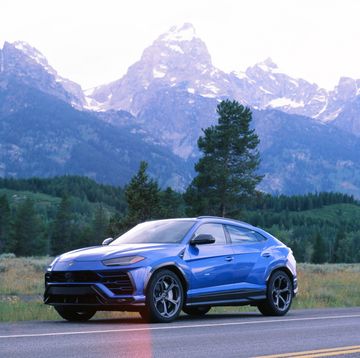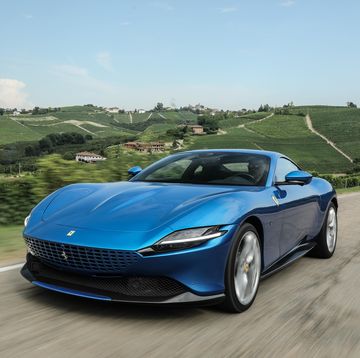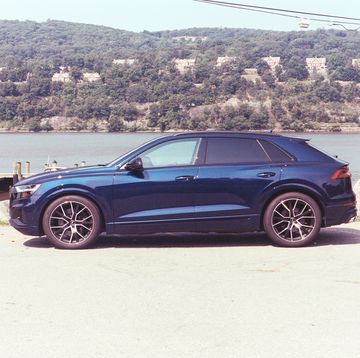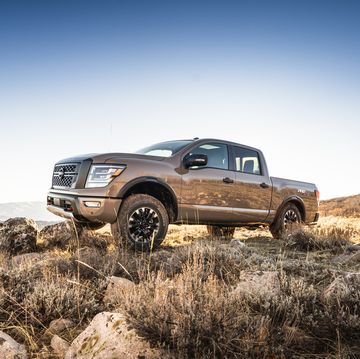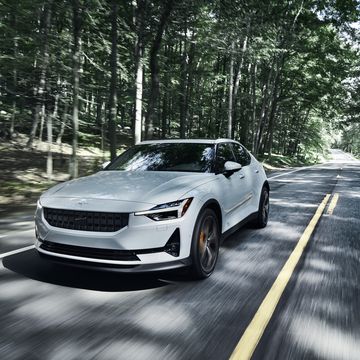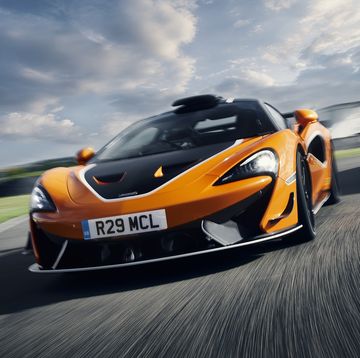It was less than two years ago when CEO Andy Palmer signed Aston Martin's first production AE31 engine at their dedicated plant in Cologne. Aston's 5.2 V12, which was developed in-house, features a pair of twin-scroll Mitsubishi turbochargers to propel Gaydon's first new-generation model above 200 mph. But despite being rated to "820 bhp," the DB11 V12 had to make due with 600 horsepower. Until now, that is.
Yet the DB11 V12 replacing DB11 AMR wasn't designed around an engine calibration upgrade that puts thirty extra horses under your right foot. Aston made the AMR because when the DB11 was launched on a completely new platform in 2016, ex-Lotus chassis guru Matt Becker wasn't involved in its development. He got there in time for the DB11 V8 and the Vantage, and since the smaller-engined flagship ended up being the better handling one, the V12 had some catching up to do. Palmer and Becker agreed on that.
The DB11 AMR has 630 horsepower because its turbos are kept spooled up through a wider rev-range. The flatter torque curve means more instant acceleration, but the turbos are surprisingly silent as you rush towards the redline somewhere around 7000rpm. If anything, this V12 feels almost like a supercharged engine, which is a good thing in a 208 mph grand tourer. And the AMR version doesn't pretend to be anything else either.
Pop into one of the shouty Signature Edition DB11 AMRs, and you'd think otherwise. Limited to one hundred cars, this launch special has more lime green accents, as well as a front splitter and acres of carbon fiber instead of aluminum. Even the standard AMRs come with smoked glass and black trim replacing all the chrome, but as it turns out, the tighter look isn't paired with a track-focused setup in all Aston Martin Racing-inspired models. Instead, AMR simply stands for the pinnacle of the lineup. And if you even prefer the original DB11 V12's trim, Aston left all those chrome bits on the option list.
But while the comfort level remains very high, even at Autobahn speeds, Mr. Becker's modifications did transform the driving experience. The fact that the DB11 AMR is an almost silent endurance champion with comfy seats and the ride of a luxury sedan in a straight line remains a huge selling point in this segment. Pushing the sport button will transform this DB11 into something else, without ruining the ride.
Let's start with the bad news. The DB11 has two extra buttons on its steering wheel. One is for the dampers, and one is for the mode selection. The problem is that due to their design, these buttons don't engage when pressed at a certain angle, which can be annoying when you're in a real rush to get into Sport+.
Then, there's the question of the pops and crackles from the exhaust. There's no button for that, the system engages automatically in Sport and above. This is something the original DB11 V12 didn't have. But is it really necessary when your car packs a twin-turbo V12? I don't think so. It switches off once you've dumped enough fuel into the catalytic converters to overheat, and it does feel like a performance fad that should go away. Then again, from time to time, it will make random, almost worryingly loud bangs. And that's a smile generator.
Aston also reprogrammed the ZF 8-speed automatic, and the resulting shifts can be jerky on the kick-downs. Dial up the pace and these minor issues become utterly irrelevant. Team Becker did many things to make sure of that, and they know their craft.
The original DB11 V12 felt wide on the road, and somewhat lazy in the corners. It handled good enough for a GT, but with room left for improvement. The AMR added ten percent stiffer rear subframe bushings, revised front and rear damper hardware and software, an extra half millimeter in front anti-roll bar stiffness, forged wheels that save 7.7 lbs. per corner, stiffer engine mounts and an ESP system that's much faster and milder with its torque reductions.
The sum of all that is a brand new car. The DB11 AMR gets better the harder you push it, popping, banging, and pulling like a locomotive thanks to its twelve force-fed cylinders. The new front end is pointy, the back will step out gladly once you shut down the nannies, and the brakes play along, despite being steel rotors in the name of comfort.
And then, when you're done, a press of a button turns everything back to normal, so you can enjoy your leather seats, and all the entertainment Daimler's system can offer.
Who knew a modern GT could be so cheerful?
Grand tourers are about the journey, and Aston Martin managed to create an exceptional car for the road ahead with the DB11 AMR. But the realization that just a few crucial changes could sharpen up this platform so noticeably only make us more impatient for the upcoming DBS Superleggera.
The Vanquish's successor will debut in June, with everything dialed one level up, if not two.
Based on how the DB11 AMR drives, that's going to be a riot. And what's better than a V12 at full tilt?







